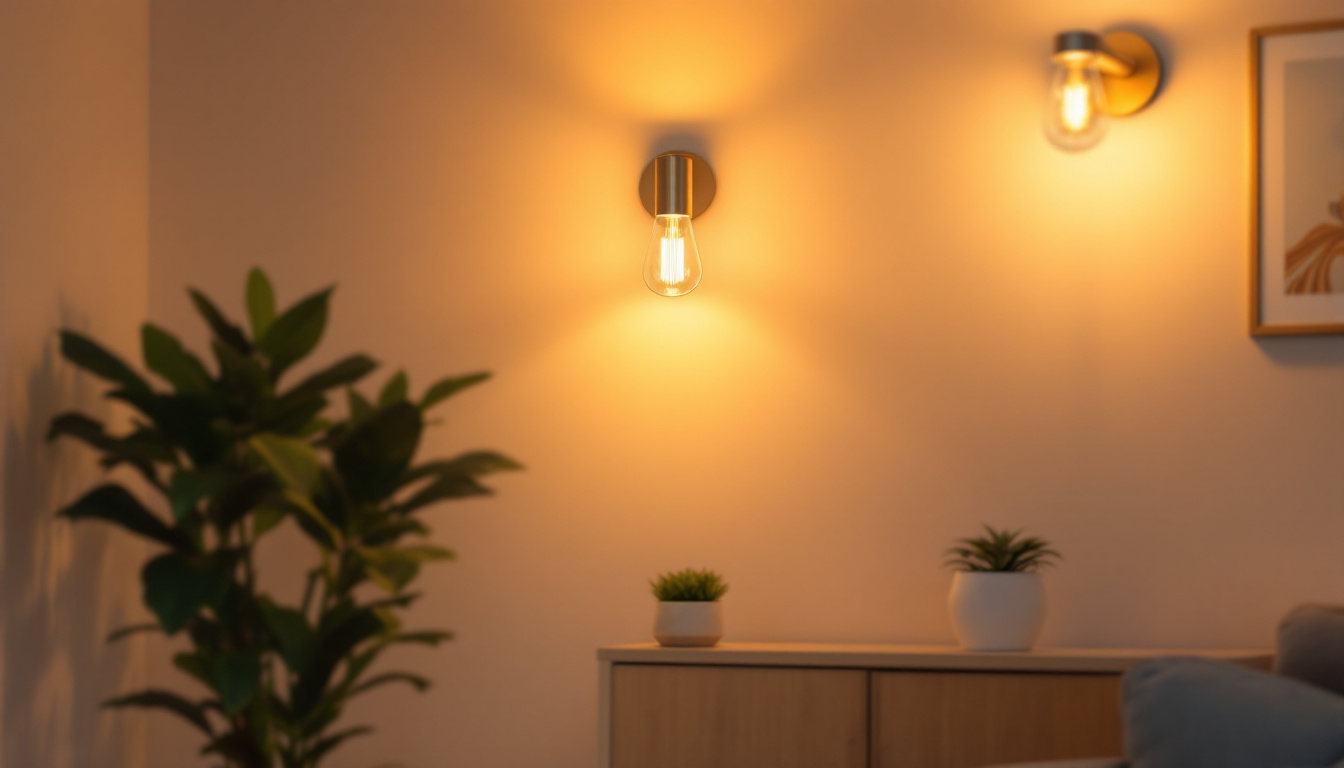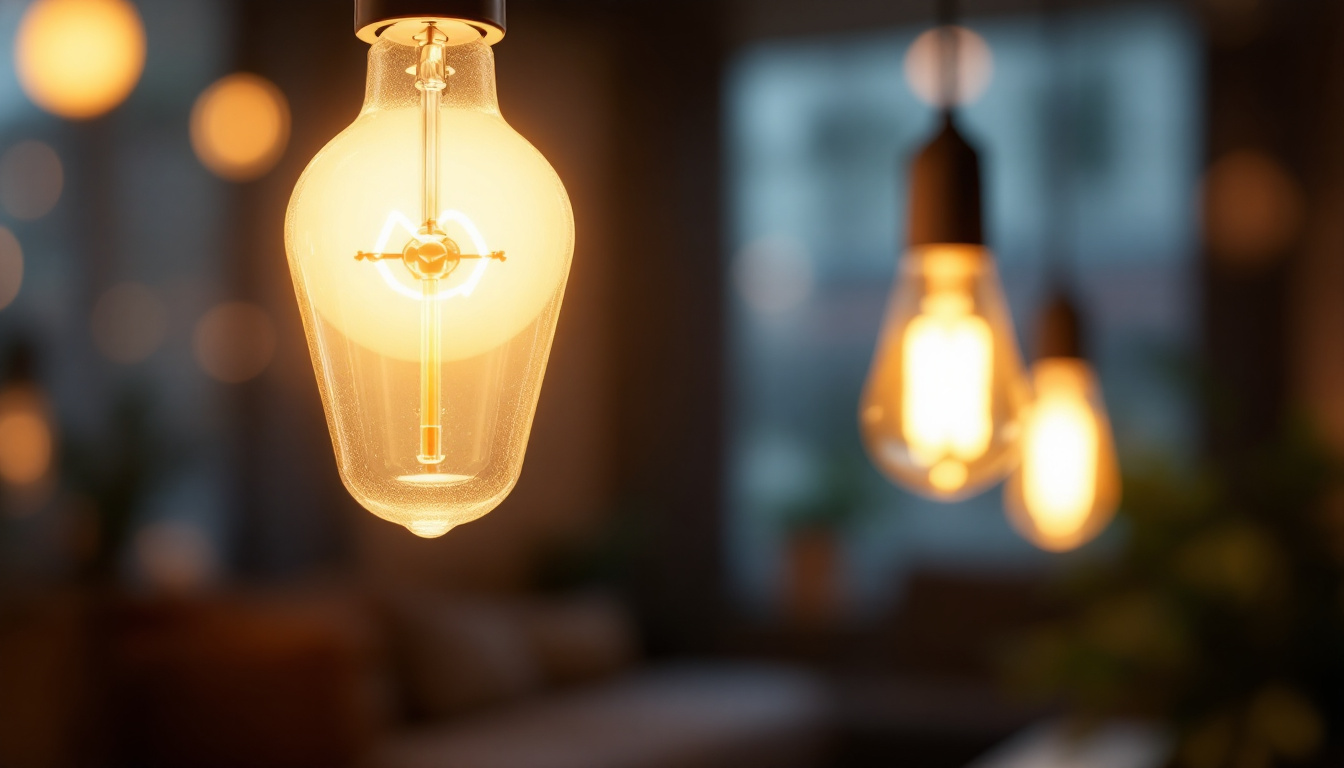
In the world of commercial lighting, the choice between T8 and T12 fluorescent bulbs is a critical decision for lighting contractors. Both options have their advantages and disadvantages, and understanding these can significantly impact energy efficiency, cost-effectiveness, and overall lighting quality. This article delves into the nuances of T8 and T12 bulbs, providing insights that can help lighting contractors make informed decisions for their projects.
Before diving into the specifics, it’s essential to understand what T8 and T12 bulbs are. The “T” stands for tubular, and the number indicates the diameter of the bulb in eighths of an inch. Therefore, a T8 bulb has a diameter of 1 inch, while a T12 bulb has a diameter of 1.5 inches. This difference in size leads to various implications for performance, energy consumption, and installation.
T8 bulbs typically operate at 32 watts, while T12 bulbs generally operate at 40 watts. This difference in wattage directly impacts energy consumption and operational costs. Additionally, T8 bulbs often provide a higher lumen output per watt, making them a more efficient choice in many applications.
Moreover, T8 bulbs are commonly designed with electronic ballasts, which enhance their efficiency and lifespan. In contrast, T12 bulbs usually rely on magnetic ballasts, which can lead to flickering and reduced performance over time. Understanding these specifications is crucial for contractors when deciding which bulb to recommend or install.
T8 bulbs are widely used in commercial settings, such as offices, retail spaces, and warehouses, due to their superior energy efficiency and lighting quality. They are particularly effective in environments where bright, consistent lighting is essential.
T12 bulbs, on the other hand, have been traditionally used in older buildings and industrial settings. While they are being phased out in many areas due to energy regulations, some contractors may still encounter them in existing fixtures. Understanding the application of each bulb type can help contractors provide better recommendations to their clients.
In addition to their common applications, T8 bulbs have gained popularity in residential settings, especially in kitchens and garages where bright, clear lighting is desired. Their ability to render colors accurately makes them a preferred choice for spaces where aesthetics are important. Furthermore, advancements in LED technology have led to T8 LED replacements that offer even greater energy savings and longer lifespans, making them an attractive option for homeowners looking to upgrade their lighting systems.
On the flip side, T12 bulbs, while less efficient, still find niche applications in certain industrial environments where the existing infrastructure is designed around them. For instance, in warehouses with high ceilings, T12 fixtures may still be in use due to the cost of retrofitting to newer technologies. Additionally, some specialty applications, such as horticultural lighting, may still utilize T12 bulbs for specific growth requirements. Understanding these nuances allows contractors to navigate the complexities of lighting systems effectively, ensuring that clients receive the best possible solutions tailored to their needs.
Energy efficiency is a significant factor when choosing between T8 and T12 bulbs. The lower wattage of T8 bulbs translates to reduced energy consumption, which can lead to substantial savings over time, especially in larger installations. This efficiency is not only beneficial for the environment but also for clients looking to reduce their utility bills. Furthermore, energy-efficient lighting contributes to a decrease in greenhouse gas emissions, aligning with global efforts to combat climate change. As businesses increasingly prioritize sustainability, opting for T8 bulbs can enhance their corporate social responsibility profile.
While T8 bulbs may have a higher upfront cost compared to T12 bulbs, the long-term savings often outweigh this initial investment. The extended lifespan of T8 bulbs, combined with their lower energy consumption, results in fewer replacements and lower maintenance costs. For lighting contractors, presenting these long-term savings to clients can be a persuasive selling point. Additionally, T8 bulbs typically provide better light quality and color rendering, which can improve workplace productivity and employee satisfaction. This added benefit can further justify the initial expenditure, as well-lit environments are known to enhance focus and reduce eye strain.
Many utility companies offer incentives and rebates for upgrading to energy-efficient lighting solutions. Contractors should stay informed about local programs that encourage the adoption of T8 bulbs. These incentives can significantly offset the initial costs, making the transition more appealing to clients. Understanding the financial landscape surrounding energy-efficient upgrades can enhance a contractor’s value proposition. Moreover, some states have implemented energy efficiency mandates that require businesses to adopt more sustainable practices, making the switch to T8 bulbs not just a financial decision but a regulatory necessity. By keeping abreast of these developments, contractors can better advise their clients on compliance and potential savings, further solidifying their role as trusted experts in the field.
When it comes to installation, T8 and T12 bulbs have different requirements that contractors should be aware of. The compatibility of existing fixtures with new bulbs is a critical consideration, as retrofitting may be necessary in some cases.
T8 bulbs can often be installed in fixtures designed for T12 bulbs with the use of an adapter. However, this may not always be the case, and contractors should assess the specific requirements of each project. Understanding fixture compatibility can save time and resources during the installation process.
As mentioned earlier, T8 bulbs typically use electronic ballasts, while T12 bulbs use magnetic ballasts. In many cases, upgrading to T8 bulbs will require replacing the existing ballast. This additional step can increase labor costs and time, so contractors should factor this into their project estimates. Providing clients with a comprehensive understanding of the installation process can help manage expectations and ensure a smoother transition.
The quality of light produced by T8 and T12 bulbs is another essential consideration for contractors. Factors such as color temperature, lumen output, and color rendering index (CRI) can influence the overall effectiveness of a lighting solution.
T8 bulbs are available in a variety of color temperatures, typically ranging from warm white to cool white. This versatility allows contractors to tailor lighting solutions to specific environments and client preferences. Additionally, T8 bulbs often have a higher CRI, which means they render colors more accurately, enhancing the visual appeal of spaces.
T12 bulbs, while still available in different color temperatures, may not offer the same level of versatility or quality. For projects where color accuracy and ambiance are paramount, T8 bulbs are often the superior choice.
Another performance aspect to consider is flicker and noise. T8 bulbs, particularly those with electronic ballasts, tend to produce less flicker and noise compared to T12 bulbs. This can create a more comfortable environment for occupants, particularly in settings such as offices and schools where concentration is key. Contractors should highlight these benefits when discussing options with clients.
As energy efficiency becomes a more significant focus for governments and regulatory bodies, understanding the legal landscape surrounding T8 and T12 bulbs is essential for contractors. Various regulations may influence the availability and use of these bulbs in specific regions.
Many regions have implemented energy efficiency standards that affect the sale and installation of T12 bulbs. These regulations often encourage the use of more efficient lighting solutions, such as T8 bulbs. Contractors should stay informed about local regulations to ensure compliance and provide clients with the most current options.
The environmental impact of lighting choices is also a growing concern. T8 bulbs, being more energy-efficient, contribute to lower carbon emissions compared to T12 bulbs. Contractors can leverage this aspect when discussing the benefits of upgrading to T8 bulbs, appealing to clients’ sustainability goals.
The lighting industry is evolving rapidly, with advancements in technology and design influencing the future of lighting solutions. Understanding these trends can help contractors stay ahead of the curve and provide innovative solutions to their clients.
One of the most significant trends is the shift towards LED technology. LEDs offer even greater energy efficiency and longevity compared to fluorescent bulbs. As the industry moves towards LED solutions, contractors should be prepared to educate clients on the benefits and potential applications of LED lighting.
While T8 and T12 bulbs are still relevant, the growing popularity of LEDs may influence future projects. Contractors should consider integrating LED solutions into their offerings, ensuring they remain competitive in the evolving market.
Another emerging trend is the rise of smart lighting solutions. These systems allow for greater control over lighting environments, enhancing energy efficiency and user experience. Contractors should explore how T8 and T12 bulbs can be integrated into smart systems, providing clients with modern, adaptable lighting solutions.
In summary, the choice between T8 and T12 bulbs involves various factors, including energy efficiency, installation considerations, performance, and regulatory compliance. For lighting contractors, understanding these nuances is crucial for making informed recommendations and providing clients with the best possible solutions.
As the industry continues to evolve, staying informed about trends such as LED technology and smart lighting will be essential for contractors looking to remain competitive. By embracing energy-efficient solutions and understanding the unique characteristics of T8 and T12 bulbs, contractors can enhance their offerings and contribute to a more sustainable future.
Ultimately, the decision between T8 and T12 bulbs should be guided by the specific needs of each project, ensuring that clients receive optimal lighting solutions tailored to their environments.
Ready to elevate your lighting game? Look no further than LumenWholesale for a seamless experience in acquiring top-quality, spec-grade lighting products. Our commitment to providing unbeatable wholesale prices means you can access superior lighting solutions without the burden of inflated markups. Whether you’re deciding between T8 and T12 bulbs or exploring the latest in LED technology, our extensive selection is designed to meet the highest industry standards. Plus, with the convenience of free shipping on bulk orders, you can trust that you’re getting premium lighting at the best value — without any hidden fees. Make the smart choice for your lighting needs and experience the best in wholesale lighting at LumenWholesale.

Discover the essential facts about renovation can lights from expert lighting contractors.

Discover the essential role outdoor lights play in garage lighting installations.

Explore the transformative journey of Type B bulbs with E27 bases in the lighting industry.

Discover expert tips and strategies for lighting contractors on purchasing LED bulbs online.